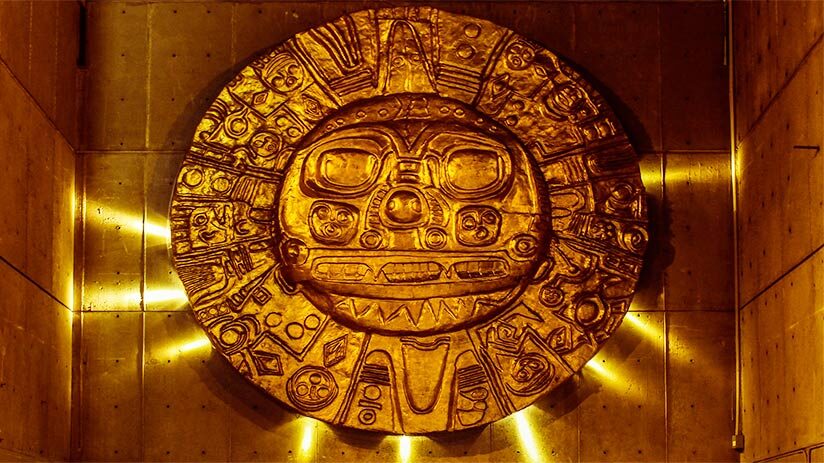The culture of Peru is very rich in historical details and traditions. One of its most incredible parts is the Inca mythology and which gods made it up. The Inca gods and their deities were known for their classic representation over the Andean natural environment and Inca astrological background. So the religious pantheon of the Incas was made up of different deities with forms of mountains, rocks, lakes, and lagoons among others. Also, the Inca Empire was a fairly religious civilization, where the vast majority of lifestyle daily aspects were related to religion, from its architecture, its daily ceremonies, and its ways of seeing life. Therefore, together with the Machu Travel Peru team, we want to tell you everything about this wonderful place. Know in-depth the different Inca deities and their main attributes.
Everything you need to know about the Inca Gods
Inca mythology
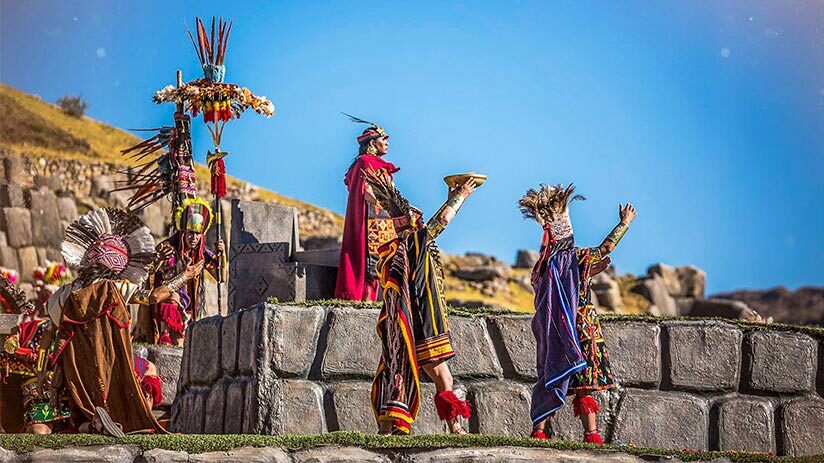
The different pre-Inca civilizations that lived in the Peruvian Andes were quite religious, with strong customs and sacred rites. In this form, when the Incas appeared, as a final result of the rise and fall of these predecessor cultures, kept their main deities and rituals and joined them with their own gods in the Inca Pantheon. In this form, the Incas acted, in the same way, every time they conquered a town during the expansion of their territory, they respected the gods and beliefs of that town and allowed them to keep them with only one condition, that they worship their main Inca deities, the Sun, the Pachamama, the Apus among others.
A. Inca gods in nature
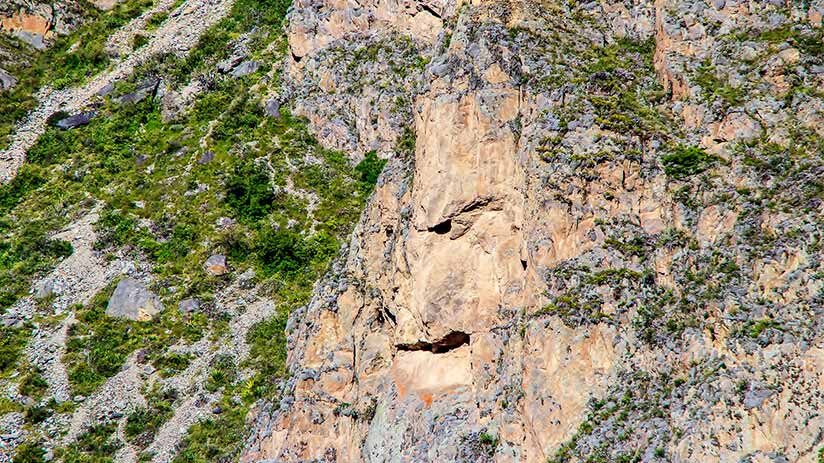
Many Inca gods (If not all) used to be related to elements of nature or inanimate objects, for example, rivers, mountains with forms of faces, plants, rain, and lightning. Even the moon, the sun, and other deities in the form of jaguars, condors, and other animals. In this form, the Incas concentrated on worshiping the natural world that surrounded them. Different spirits or ancestors that extended to the sacred plane motivated each aspect and natural element seen by the Incas. So, a mountain with a human form, with a face form, ancient lagoons, rocks with whimsical shapes, the condor, and the jaguar are considered Incas deities.
B. Religion in the Inca daily life
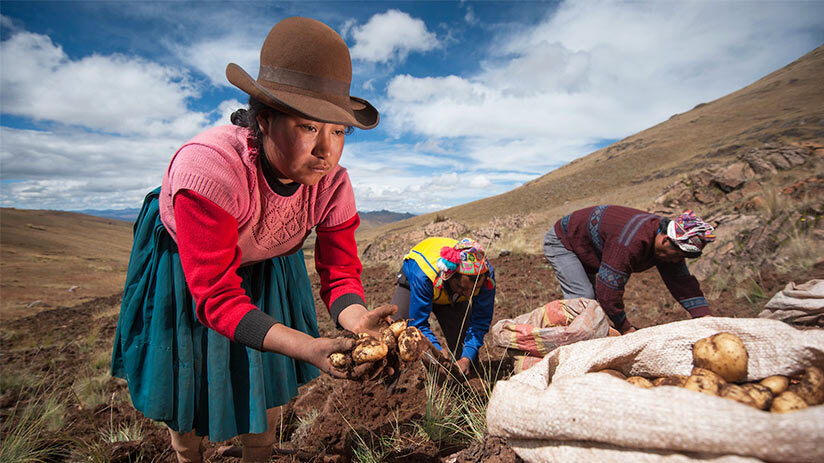
Everything the Incas did have great religious connotations in daily life. Therefore, the Inca deities, to be situated in the same nature, were present in the day-by-day of Inca inhabitants. Very early in the morning, the Inca settler began with the work of the field and was in contact with the Pachamama (Mother Earth), then the Sun (Inti god) appeared that illuminated and warmed them during the day, otherwise, the rain (Illapa god) appeared. At the end of the day, the Moon and the stars (Quilla and Coyllor gods) sheltered them during the night. In this way, the Incas and their religion were naturally present in their daily life.
C. Gods with human flaws
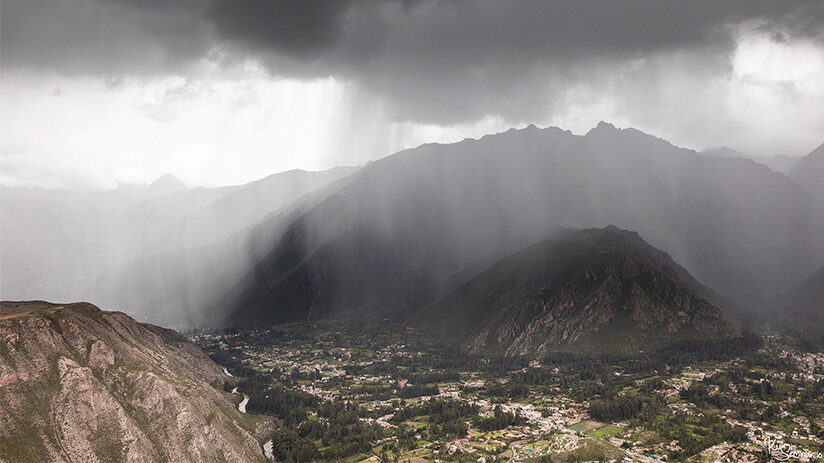
Also, the Inca gods were not perfect, they had patterns of human behavior. So they could feel human emotions like hate, revenge, piety, and love. In this form, the believer had to behave well with their deities and not rely on their perfect mercy.
The Andean trilogy
1. Hanan Pacha
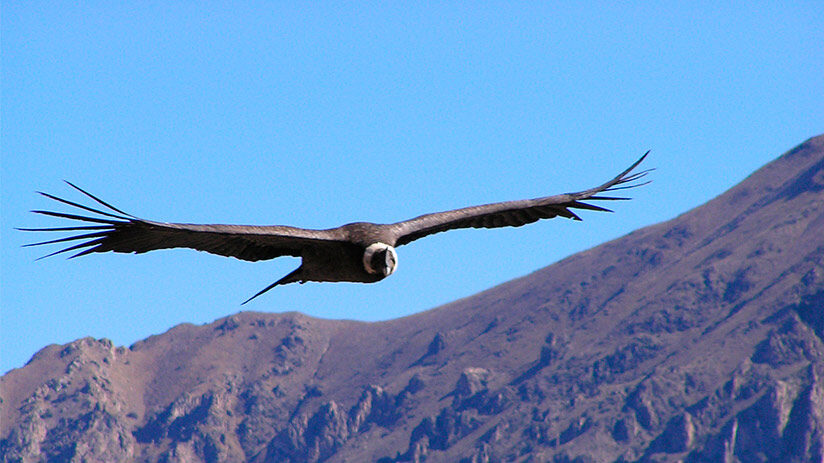
The Inca Trilogy, also known as the Andean Trilogy, was the most important way of conceiving the Inca mythology. This was divided into the Hanan Pacha, which represented the heavens and was where the gods resided. Hanan Pacha translates to “world of heaven” and was largely represented by a Condor. The Condor was sacred to the Incas, and they believed that it communicated the upper world with the earthly world. That is, the Hanan Pacha with the Kay Pacha.
2. Kay Pacha
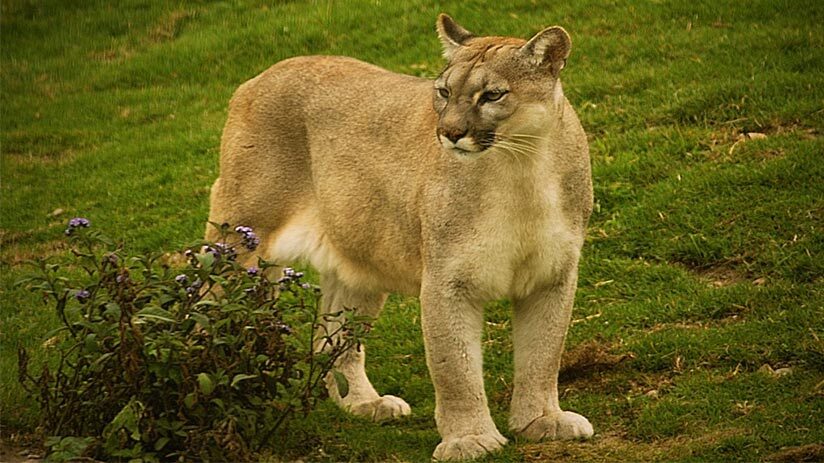
Then followed the Kay Pacha, that is, the land, where humans live, the world of the living. Kay Pacha translates as the “world of life”, and is represented by a Puma. This animal symbolizes courage, strength, intelligence, and freedom. For this reason, visit Machu Picchu with a specialist tour guide, and he will explain to you the special connection between Machu Picchu and the Kay Pacha.
3. Uku Pacha
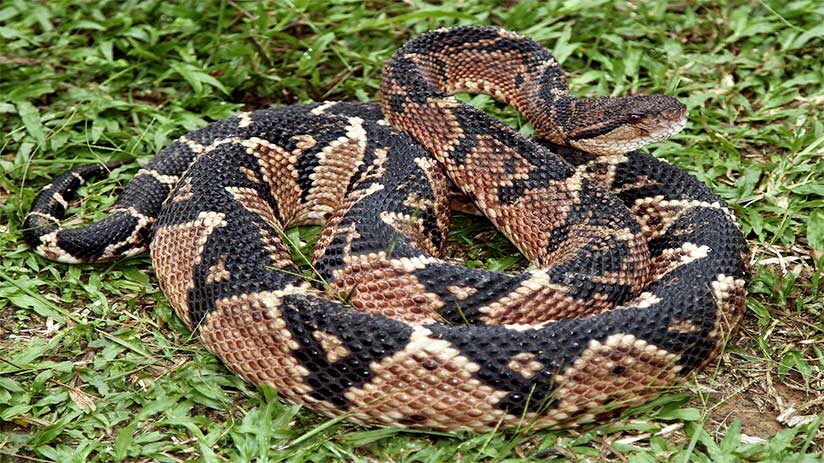
And finally, there was the Uku Pacha, that is to say, the underworld, or the world of the dead. The Uku Pacha translates to “underworld” and was represented by a serpent that lived underground, in caves at the bottom of rivers and lakes. The serpent symbolizes the world below and represents wisdom and cunning. Each of these parts of the Inca Trilogy was the way to classify the world and the world of the Incas.
The Huacas
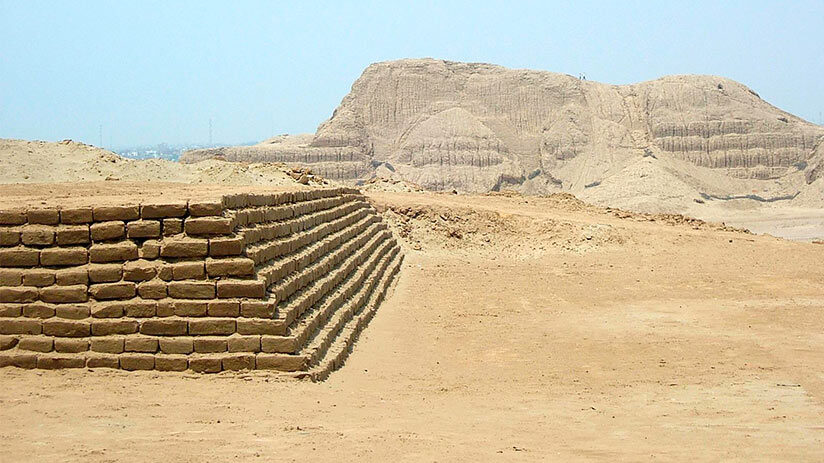
The Huacas were sacred places and objects for the Incas. These could be made by the same human or could be nature places like caves, rocks, and hills with singular forms. However, sacred objects could be Huacas, too. In this case, the mummies of the Inca reign were used like Huacas. The believers came to them to pray, and give them offerings. The Huacas were the lowest unit of worship in the Inca world, and they abounded in ancient Peru, more on the coast, where there were no temples and fortresses as large as in the Sierra.
These functioned as a bridge for requests and gifts from men to the Inca deities. Therefore, if you take any tour inside your tourism in Peru program, you will find many Huacas along the Peruvian territory. Of course, a trained view like that of a travel guide will guide you more easily to find one of them.
Andean Apus
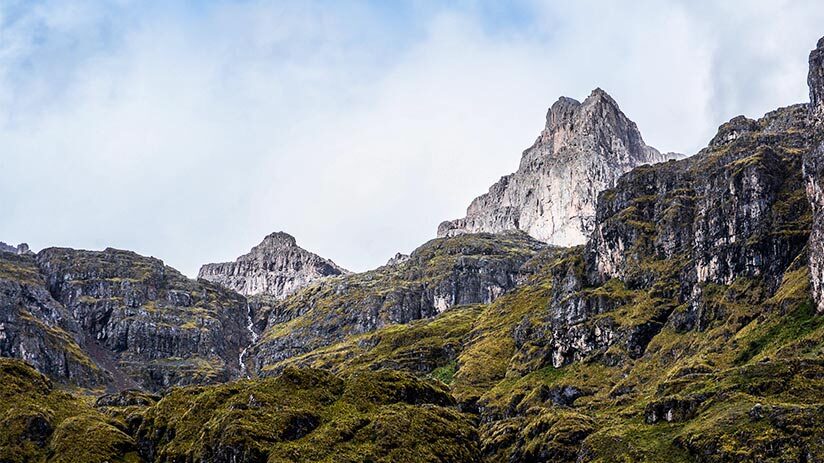
The Apus were also considered important deities. For the Incas, the mountains had life and were part of the spiritual plane. Much influence was attributed to them to provide protection to the inhabitants who lived in their surroundings. They were male deities and offerings and sacrifices were made (even human sacrifices) Despite the fact that the Inca Empire disappeared hundreds of years ago, today there are many peoples in the Andes that preserve the tradition and worship of the Apus (mountains). Even, if you ask yourself where is Machu Picchu located, well you find that the Inca wonder is situated at the heights, surrounded by important Apus.
| Apus (Mountains) | |||
| Cusco | Machu Picchu | Choquequirao | Argentina & Chile |
| Senca | Salkantay | Qorihuayrachina | Esmeralda |
| Mamá Simona | Piscachani | Padreyoc | Licancabur |
| Wanakauri | Yananti | Choquetacarpo | Quehuar |
| Ausangate | Putucusi | Chuscha | |
| Pachatusán | Verónica | El Toro | |
| Aconcagua |
Nowadays, there are footpaths and routes to get to some of these important Apus, as a part of trekkings tours, like the Inca Trail of 4 days and 3 nights, the Inca Trail of 2 days and 1 night, all of them to get to Machu Picchu. The Salkantay trek of 4 days and 3 nights to get to Salkantay. the Choquequirao trek of 5 days, among others.
The Inca gods
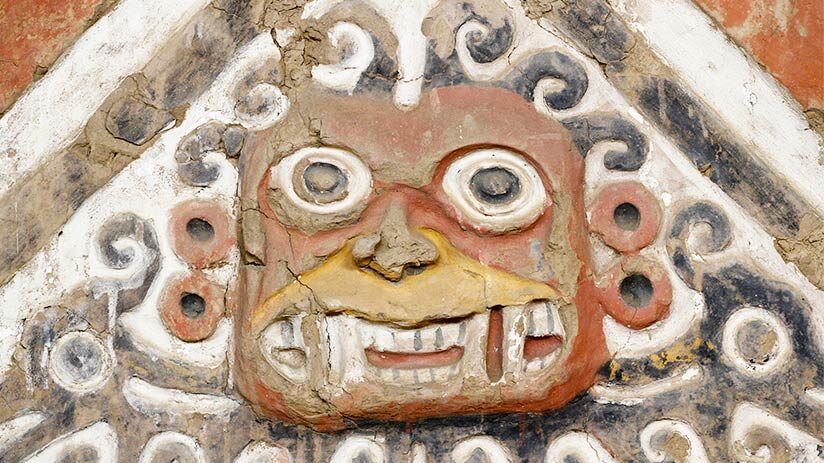
An ideal way to know the mysteries of Machu Picchu is to know a little about the history of the Inca Gods. Furthermore, life after death was fervently believed. Therefore, they mummified the bodies of those who died, because they believed mummies to offer protection, so sacrifices were made in their honor. But, Who were the 3 main gods of the Inca? Viracocha, Inti, and Pacha mama.
1. Viracocha
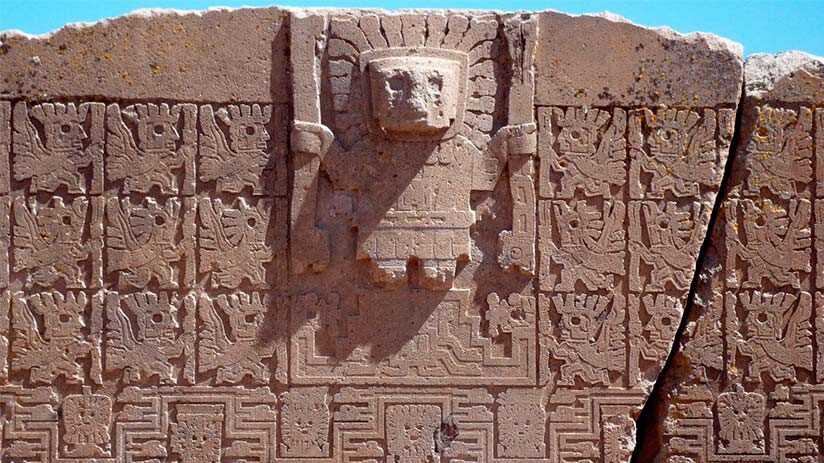
Viracocha is possibly a deity that belonged to the nomadic peoples of Peru long before the Incas. This deity was venerated by numerous pre-Inca cultures that inhabited the Peruvian Andes. But over time his belief spread to numerous other regions of the country, reaching the Incas.
It was considered the creator god of everything despite not having a visible form, previous to him there was nothing and that is why he was considered the first divinity and one of the most important (together with the Sun god). In this form, Viracocha became the most powerful Inca god of all. His cult was reserved for the Inca nobility. And, according to oral tradition, It could be said that he occupied first place in the Inca Pantheon.
Viracocha was the creator god of both the Incas and the pre-Inca peoples. He was in charge of creating the earth, humans, and animals, and had a huge list of different titles. He was known as Elder, Elder of Heaven, and Lord Instructor of the World. Furthermore, he is even credited with being the creator of the Tiawanaku civilization. From which the Incas inherited much of their culture. As for his form, Viracocha had numerous transfigurations.
His story tells that after emerging from the waters and embarking on a long journey. He decided to create heaven and earth, therefore he is the god in charge of creating everything. But on his travels, he was accompanied by Inti (the Sun), another of the Inca gods. This one was in the shape of a magical bird that knew what had happened and what will happen. And for this reason, the Inca emperors adorned their crowns with large feathers to simulate that they belonged to the Inti. This gave them the “knowledge” necessary to reign.
2. Inti
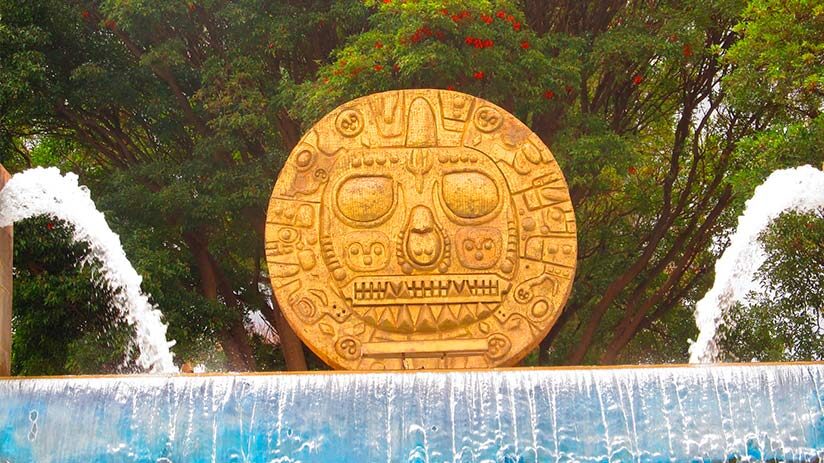
The Inca civilization worshiped the sun (the Inti god), and unlike Wiracocha, this did have a visible shape and, for this reason, it was the most important Inca god in the pantheon. Also, the God Inti as he was known, was the god of agriculture and was represented and symbolized as a disk of the sun with gold rays and a human face in its center. And even though the chosen priests, nobles, and women served all the Inca deities, the Sun was one that demanded more hours of adoration and attention.
Furthermore, he was Viracocha’s traveling companion. He always offered him offerings and tributes of gold, silver, and precious stones. Furthermore, gold was considered the tears of the god Inti. So it is assumed that his cult was strictly reserved for the Inca nobility. In addition to being the father of the first Inca (Manco Capac), his cult was reserved for the ethnic family of the Sapa Inca.
Inti was the father of the Sapa Inca, the first Inca, and the founder of the Empire called Manco Capac. He was chosen to be represented by him and his sacred character. In addition, the important festivities to celebrate the god Inti was the Inti Raymi. This took place every June 24 during the winter solstice. To honor the god Inti, numerous and incredible temples were built in the main administrative centers of the Empire, Cusco was no exception with its big Inca temple called Qoricancha (the Sun temple)
In addition, maybe the most important Machu Picchu fact is that this citadel, in addition to being built in the middle of the jungle, is located on top of the mountain (of the same name), to be closer to heaven, closer to the God sun.
3. Pachamama
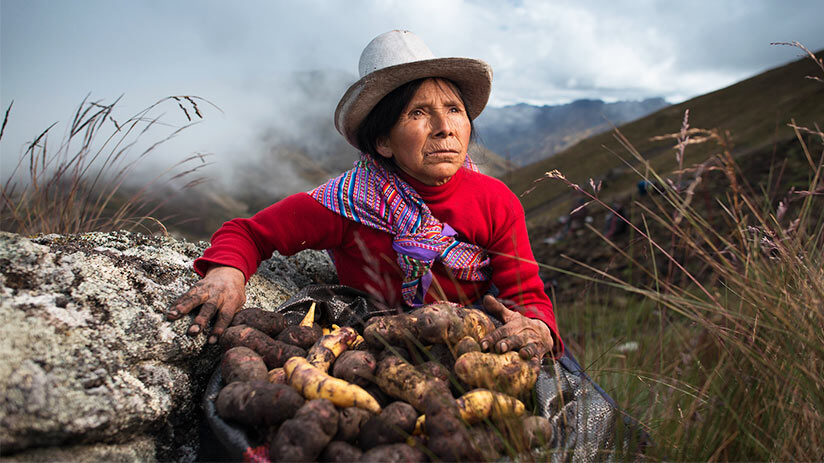
Pacha Mama, Mother Nature, or Mother Earth. She was one of the Inca gods in charge of being the sustenance and providing food for its parishioners. For this reason, she was called the Andean Mother Earth and the goddess of fertility, crops, and much more. The rain fertilized her, and she provided the best ingredients (fruits, vegetables, and some meat – cattle feed on grass) to her sons. Offerings to Mother Earth had to be generous, for not saying to be large enough. Otherwise, the harvests could not be important plenty. Many Peruvian souvenirs were included in the offerings to Pachamama, among dry corn and wheat, dehydrated broad beans, candies, cookies, and mixture, all of them soaked in Chicha and involved in dried ears, tied with a gift ribbon.
4. Mama Quilla
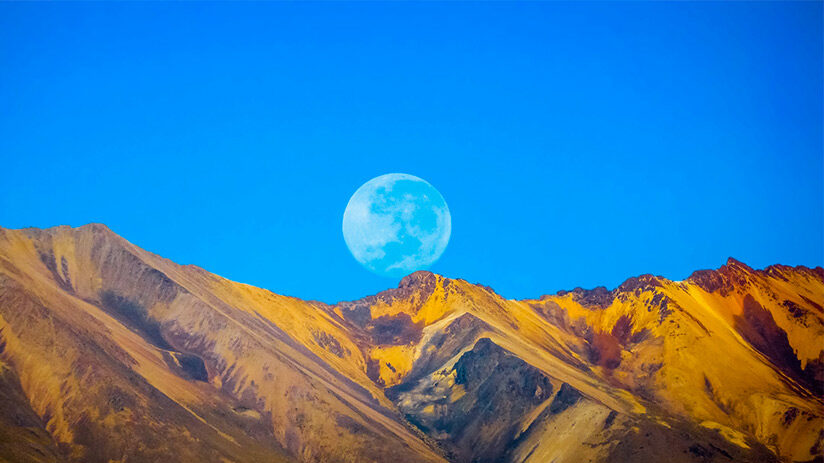
If you take Machu Picchu tours with a tour guide, you will be able to know more about the amazing Inca gods, among them the Mama Quilla. The wife of the Sun god Inti was known as Mama Quilla or Mama Kilya. Mama Quilla translates to Mother Moon. And she was in charge of regulating women’s menstrual cycles. Also, it is believed that the different lunar cycles were used to calculate the monthly cycles of the Inca year. From which the time periods for other Inca festivities were established. Unlike gold (Sun tears), silver was considered the tears of the Moon. And she sheltered her children under her cloak on the cold Andean nights.
5. lllapu
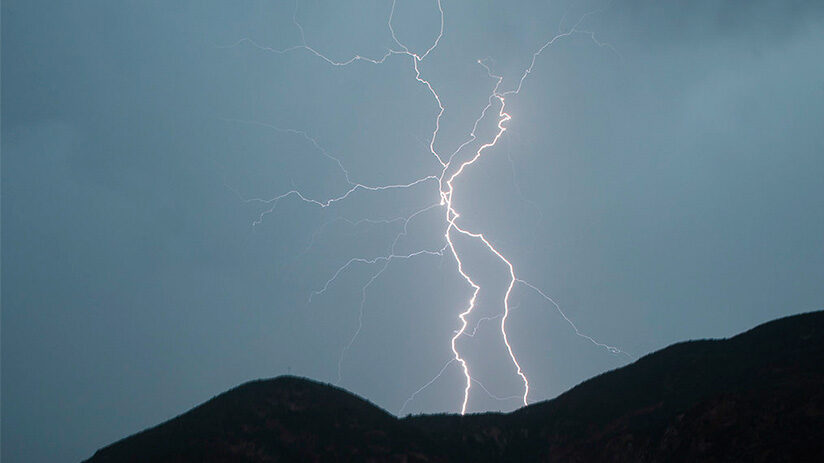
This is another of the deities that we cannot ignore. Illapu or Illapa was in charge of giving rain. Consequently, he was the god of rain and thunder. Also, it was the god of weather and war. By providing rain, he was also considered an agricultural deity to whom the common inhabitant addressed his prayers to fertilize his lands. The temples in honor of Illapu used to be found in high places. And in some of the most popular tourist destinations in Peru, you can find temples in honor of this deity, like Sacsayhuaman fortress, located over a hill surrounding Cusco (Images taken from a drone show the zigzag displacement of the walls of this fortress, imitating the shape of lightning)
Besides, in times of drought pilgrimages were made to these temples. Furthermore, the prayers were accompanied by sacrifices, which were often human. People believed that the shadow of Illapu was in the Milky Way, where the water that was poured into our land was drawn.
6. Pachacamac
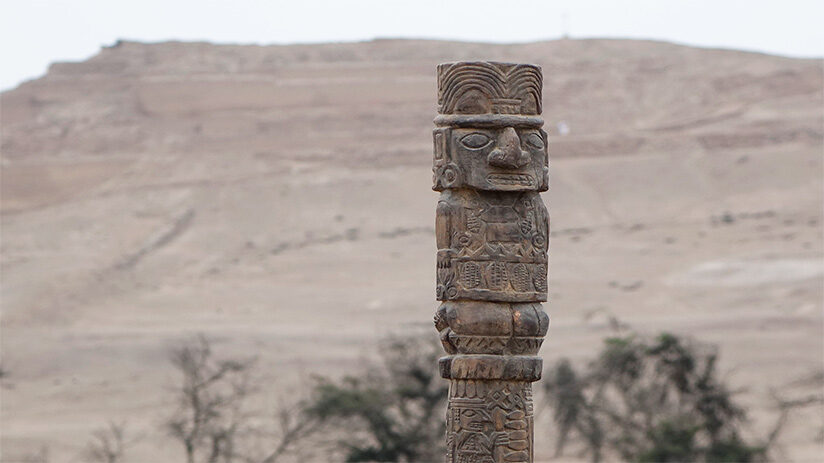
Pachacamac is one of the Inca gods that can be a bit mysterious because it is often confused with Wiracocha. Even, for some coast cultures, he was the same god Viracocha but with another name; Pachacamac. Consequently, he was also considered the creator of the world. But also, for other cultures, he was known as the god of tremors. The truth is that Pachacamac was a deity typical of the pre-Inca cultures of the Peruvian central coast, as well as being the most important for it. It is so, that when the Incas conquered them, they allowed them to keep it. Over time, this deity merged in functions and characteristics with Wiracocha, but it continued to be called Pachacamac on the central and northern coast of Peru.
He is recognized for being an unscrupulous god, going so far as to kill his own wife and one of his children. His dead wife was sent to the earth cut into small pieces, thus fertilizing the whole earth. He was dethroned to the seas by Wichama, one of his sons.
7. Mama Cocha
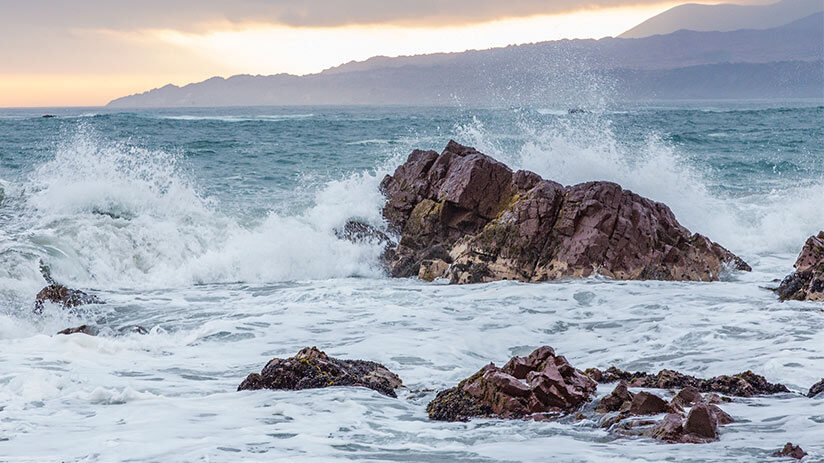
Among the different deities, Mama Cocha was the goddess of the Sea. She was entrusted by the fishermen so that the waters were calm during fishing. In addition, she was worshiped by the Incas to obtain abundance during fishing. She represented everything feminine (Together with Mama Quilla), and also calmed the waters, and helped good fishing. In addition, she was highly revered among the women of the Empire, since she was a goddess related to the entire female world.
8. Other Inca gods
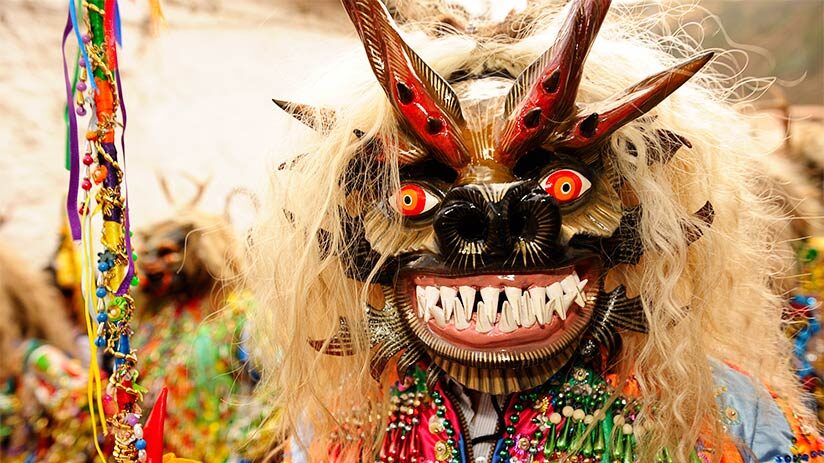
- There was a great variety of deities that were no less important. Just like Supay, the god of death and the lord of evil spirits that speak Quechua. Also, he was the lord of the underworld. Today, in certain Andean lands of Peru and Bolivia, the Devil is known and named as Supay.
- Mama Sara (Sara means Corn in the Quechua language) was the goddess of corn and food in general. The most essential foods for the Incas were potatoes, corn, and coca. For this reason, she was highly related to the Pachamama.
- Coyllur was the Inca goddess of the stars. She accompanied Mama Quilla at night and watched over her children.
And there were also other deities, but their worship depended on the situation and the needs of the culture.
“A SENSE OF CONTINUITY WITH THE REST OF CREATION IS A FORM OF RELIGIOUS EXPERIENCE ESSENTIAL TO SANITY”
As you will see, there are numerous Inca gods. And many of them are still somewhat valid within the Andean culture. We hope that our article has been useful for you to know what our ancient Inca culture left us. Machu Travel Peru is delighted to help you get to know part of our history and culture. And if you want to know more, we recommend that you get to know our country. For this, you can consult with our team of qualified advisers. They will be happy to help you fulfill the trip of your dreams. Do not miss it!
